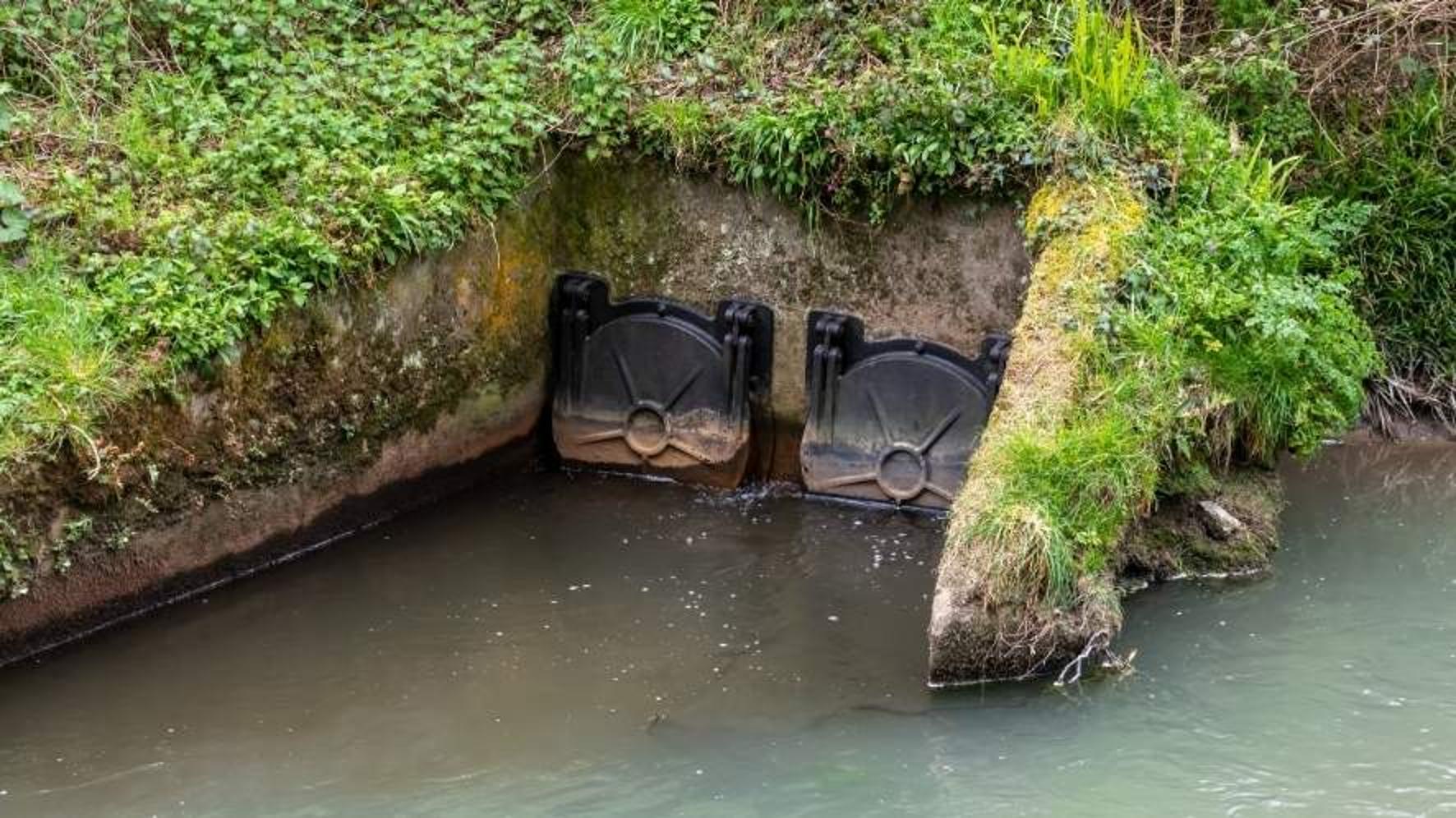We’re committed to reducing the use of storm overflows, which release excess wastewater into rivers or the sea at times of heavy flow. We know many customers feel strongly about this and we’re working hard to address the issue.
In the next five years, our largest-ever investment programme will put in place the changes we all want to see, helping to improve water quality in this region.
A quick explainer on storm overflows
Storm overflows are typically used after heavy rain, when surface water adds volume to the wastewater system. If there were no storm overflows, this excess wastewater could back up and spill into people’s homes and businesses.
There’s no single fix for storm overflows. For each area, we need to look at the factors that cause the overflow to be used, and what solutions are possible at each site.
Options often include: storm tanks to hold wastewater until there is capacity for it to be treated; finding ways to keep rainwater out of the sewer, for example by creating a new surface water drainage system; or upgrading sewage treatment works and pumping stations.
Our achievements to date
We know there is a lot more work to do – but that doesn’t mean we haven’t made progress in recent years. Our achievements include:
- Storm overflow spills have reduced by nearly 50% in the last year
- Spills near bathing waters have reduced 20% in the last five years
- All storm overflows are now fitted with Event Duration Monitors that provide data on their use (displayed on the WaterFitLive map)
- Internal sewer flooding (inside homes and businesses) has reduced 68% in the last five years
- External sewer flooding has reduced by 24% since 2020
- Homes and businesses in the South West are now less likely to experience sewer flooding than in any other part of the UK
Major improvement projects
Here are a few examples of where we are helping to address storm overflow use:
- Salcombe Regis
In 2024, the storm overflow at the wastewater treatment works was activated daily. Our investigation found that misconnected pipes (unauthorised surface and groundwater connections) were adding a substantial amount of water after heavy rain. We are removing these connections and have installed additional capacity at the treatment works. Since this work there has only been one storm overflow spill.
- Exmouth
We’re investing £38m in Exmouth to tackle storm overflow use. This should help Exmouth Beach to keep its ‘excellent’ bathing water quality status. Work includes upgrading pumping stations and treatment works, which should significantly reduce storm overflow use.
- Dawlish
Two giant storm tanks, each with a 2.2 million litre capacity, have been installed in Dawlish to store excess wastewater at times of heavy rainfall. This should future-proof the town and help improve local water quality. We’ve also been finding ways to prevent groundwater from entering the sewers, which adds strain to the network.
- Falmouth
A new storm tank is being built to capture excess wastewater at times of heavy rainfall. We’re exploring nature-based solutions to slow the flow of surface water in the area, helping to reduce pressure on the network. We’re also looking at surface water separation schemes, that will keep rainwater from entering the main sewer.
We plan to reduce spills at every storm overflow to less than 10 per year by 2030, a decade ahead of the government’s 2050 target. We’re moving ahead as quickly as we can, finding solutions for each area that should help improve water quality for generations to come.
Find out more about storm overflows.
